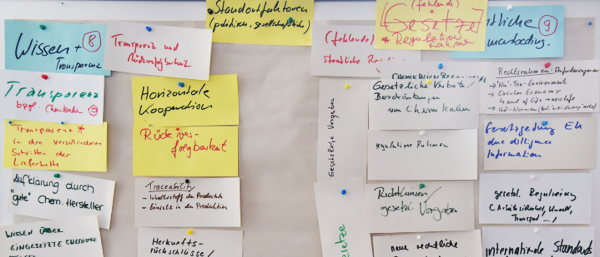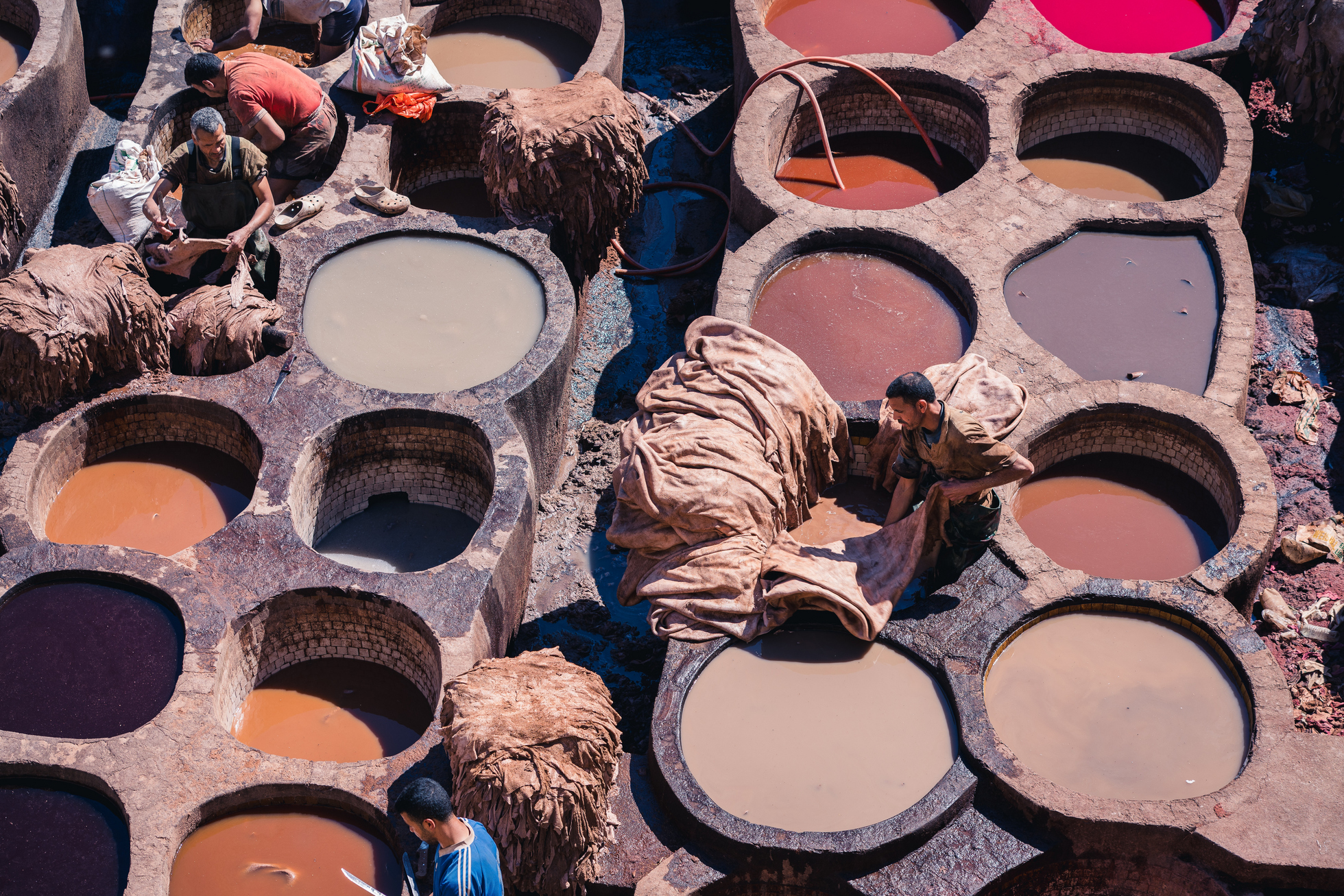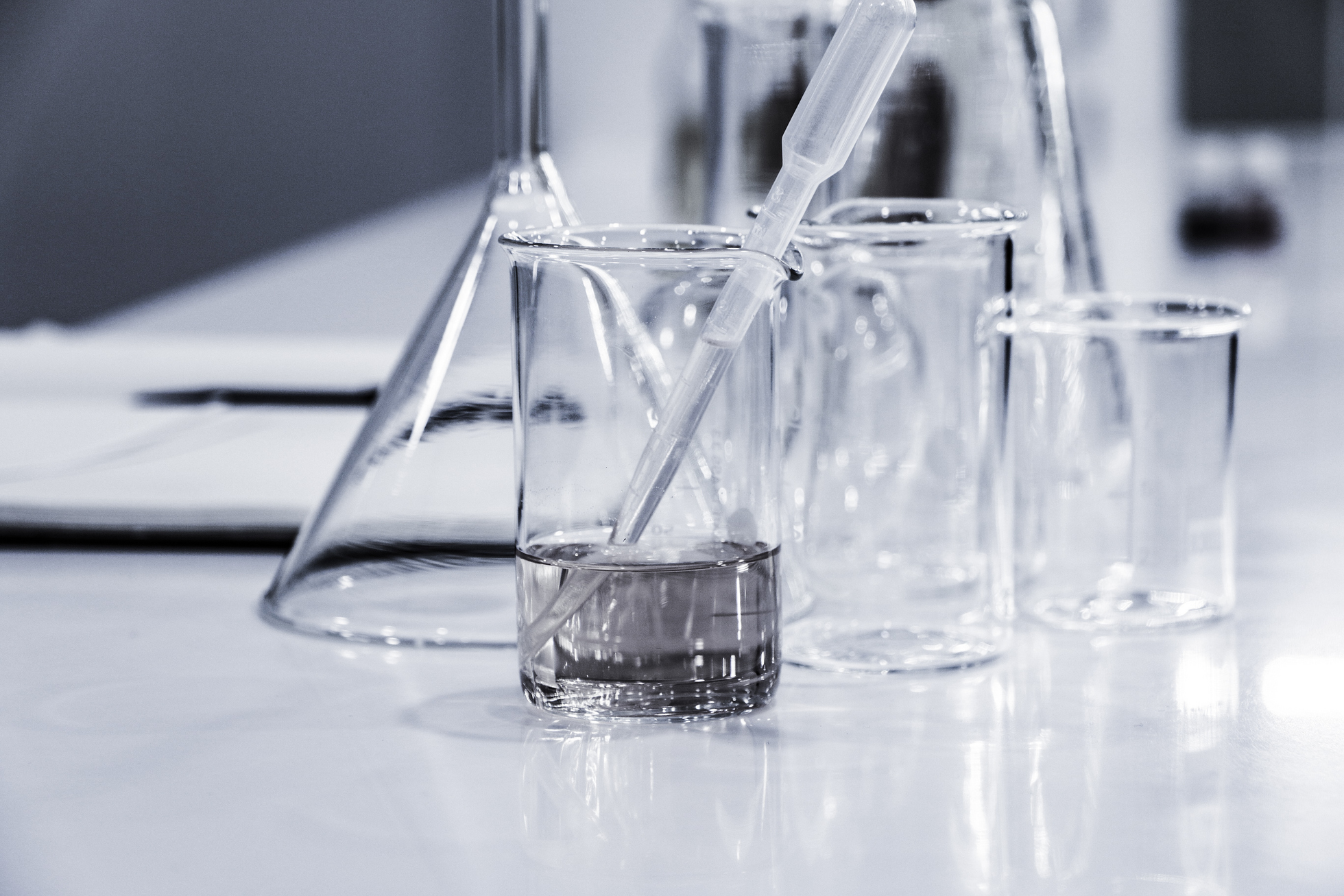
Subprojects as pathways to solutions
In short:
- Based on a comprehensive multi-stakeholder process four subprojects were created that focus on different aspects which together form a system innovation for more sustainable leather chemistry.
- The four subprojects are addressing traceability of chemicals, chemicals and process innovation, design guidelines and harmonisation of standards.
The Theory of Change for a more sustainable leather chemistry shows that there is a need to modify many different aspects in the global leather supply chains. Several subprojects aim for behavioural changes in areas expected to provide particular leverage with regard to the overall system. Together, they help supply chain actors, in the short term or in the long term, to more actively manage the use of chemicals in supply chains while maintaining a high level of protection for humans and the environment. They also help to reduce the associated corporate risks (non-compliance, liability, reputational damages). The development of business models for all relevant actors is an integral part of each project as well. The subprojects are thus components of the necessary system innovation.
Working approaches in the subprojects
Participation in the subprojects is open to any person or organisation that wishes to contribute to the respective objective. A tandem - consisting of one representative from the University of Applied Sciences and one actor from the field - coordinates each subproject.
Personnel resources at the university support the implementation of the subprojects. In addition, active support is required from the practitioners who contribute their expertise. It should be noted that the subprojects can draw on extensive preparatory work. To this end, the university has also networked strategically, for example with relevant multi-stakeholder initiatives (UNECE Sustainable Textile and Leather Traceability and Transparency Project, Textile Exchange Responsible Leather Project). Further, specific research questions can also open up a funding perspective for actors from the field (acquisition of third-party funds, sponsoring).
One central element in all subprojects are regular meetings, which are usually held online by invitation of the university. In this course, tasks are distributed and project progress is coordinated.
The subprojects in detail
In several subprojects, potential solutions are to be examined with regard to solving the challenges. Strategy workshops yielded a fortune of different approaches. However, the decisive factor is the extent to which the approaches provide leverage. Actors from the field helped to prioritize approaches accordingly. Against this background, initially, those subprojects will be launched from which the greatest effects can be expected in the direction of a "more sustainable chemistry" in the leather supply chains. Together the subprojects address different aspects of the required system innovation. Any person or organisation wishing to contribute to the achievement of the objectives in the subprojects can participate.
Sub-projects
Subproject #1 – Harmonisation of Standards

Further harmonisation of standards concerning the production of leather and leather articles – with a particular focus on the chemicals in processes and products – shall reduce existing inequalities inherent to the frameworks in place worldwide, thus raising the overall quality standards and contributing to a level playing field.
more
Subprojcet #2 – IT Tools and Governance for Traceability

Establishing an industry-wide, IT-based exchange format to trace chemicals along the leather supply chains (traceability), embedded into a governance framework ensuring data quality, strengthens downstream users (such as brands and retailers) in their compliance and quality efforts and enables them to formulate demands more targeted in the direction of sustainable chemistry.
more
Subproject #3 – Chemical and process innovations

The future of leather chemicals and their production should be based on a holistic approach which, based on life cycle assessment studies, gives preference to the scalable solution that causes the least harm to people and the environment.
more
Subproject #4 – Leather Designguidelines for Sustainable Development

A "more sustainable leather chemistry" often has an effect on the leather material. Leather design guidelines provide orientation for the selection of leather types for different applications, as well as for their creative presentation as appealing products.
more